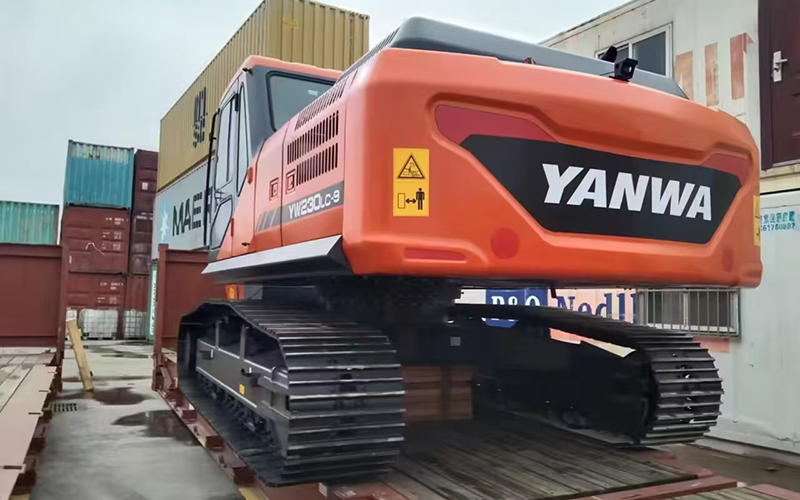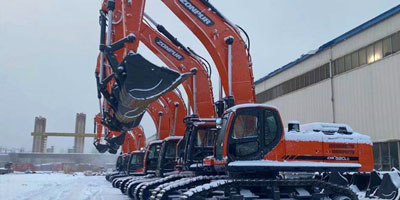Basic steps for excavator assembly
Date:2024-10-12 Source:Yantai Yangong Construction Machinery Equipment Co., Ltd
Excavators, as an important component of modern construction machinery, have a complex and intricate assembly process. Firstly, assembling an excavator requires a solid foundation, namely the chassis. The chassis is usually made of high-strength steel to ensure its stability and durability in various harsh environments. The assembly of the chassis includes the installation of tracks or tires, which is crucial as it directly affects the mobility of the excavator.
Next is the installation of the engine. The engine is the "heart" of the excavator, providing power to drive the entire mechanical system. When installing the engine, it is necessary to ensure that it is firmly connected to the chassis and that all pipes and wires are properly connected. The installation of the engine also includes the configuration of the cooling system and exhaust system, which ensure that the engine can operate normally under high load.
Next is the assembly of the hydraulic system. The hydraulic system is the "muscle" of the excavator, which transmits various movements through the pressure of hydraulic oil. The installation of hydraulic pumps, hydraulic cylinders, and hydraulic pipelines requires a high degree of precision to ensure the efficient operation of the system. The debugging of the hydraulic system is also a key step to ensure the coordinated operation between various components.
Next is the installation of the cab. The cab is the operator's workspace, and installation needs to consider the operator's comfort and safety. The control panel, seats, seat belts, and other equipment inside the cab need to be carefully installed and debugged. In addition, the glass windows and doors of the cab also need to ensure their sealing and protective performance.
Finally, the installation of the digging arm and bucket. The excavation arm is the main working component of an excavator, and its installation requires ensuring a secure connection with the hydraulic system. The installation of the bucket needs to consider its working angle and load capacity. After installation, a series of tests and debugging are required to ensure that all functions of the excavator can operate normally.
Overall, the assembly process of excavators requires a high level of professional knowledge and meticulous operation. Every step is crucial, and any negligence in any link can lead to the failure of the entire system. Therefore, assembling excavators not only requires skilled technicians, but also strict quality control and testing procedures.



 +8613356922335
+8613356922335








